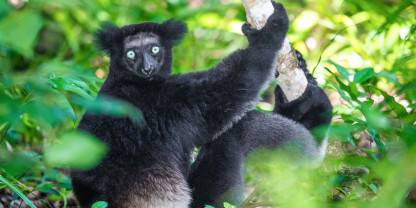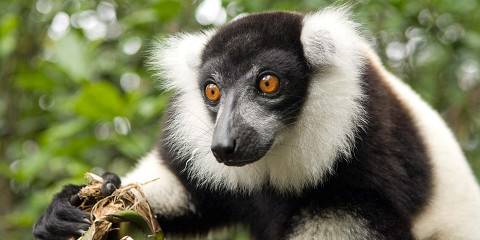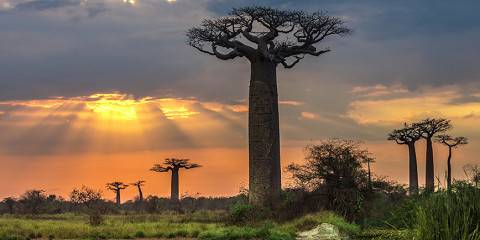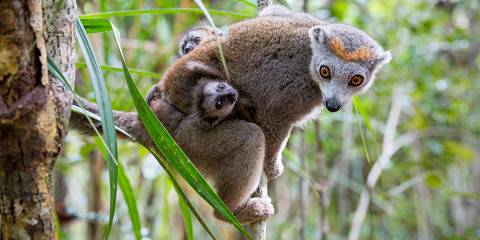Palmarium Reserve (Ankanin’ny Nofy) may be tiny and lacking in any strong sense of wilderness, but it’s one of the best places in Madagascar to photograph lemurs at close range. Around a dozen species of lemur, all now very used to people, have been introduced here and on a two-hour guided tour of the reserve you’ll see most of them. Palmarium is on the scenic Canal des Pangalanes and accessible only by boat.

-
Best Time To Go
- August to November (Less rainfall)
-
High Season
- July, August and December holidays (It gets very busy)
-
Size
- 0.5km² / 0.2mi²
-
Altitude
-
0m /0ft
 View Photos
View Photos
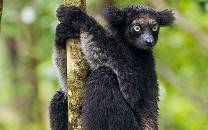 View Photos
+19
Photos
View Photos
+19
Photos
Pros & Cons
- Easy way to watch and interact with lemurs
- One of the best places to see aye-aye
- Fantastic photo opportunities
- Unguided walking allowed
- Artificial setup with introduced species
- Very small reserve with no wilderness appeal
Wildlife
Although Palmarium feels more like a hotel garden than wild Madagascar, it does allow you to spend time observing lemurs at close range. The most easily seen species are black, brown, red-bellied and crowned lemur. Black-and-white ruffed lemurs regularly visit the lodge at breakfast time. Short guided walks around the reserve should allow you to see Coquerel’s sifaka and the sought-after indri. Overnight visitors can join the nighttime island excursion to see aye-aye.
Scenery
This small reserve, only accessible by boat, is located on the bank of Lake Ampitabe on the Canal des Pangalanes. It supports a larger variety of flora than you might expect considering its size, including orchids, carnivorous plants, ebony, traveler’s palms and mahogany. Botanists will especially appreciate the wide range of common and rare palm trees after which the reserve was named.
Activities
The only activities possible at Palmarium are easy guided and self-guided walks on which you can enjoy wildlife viewing. You should have no trouble finding most of the lemurs, but to see the aye-aye you’ll need to join a guided night walk. By day, a guide is especially useful for identifying the fascinating plant species.
Weather & Climate
Located at sea level, the reserve has a warm and very wet climate, which is typical of Madagascar’s east coast. It rains throughout the year, but the Wet season (December to April) has particularly high rainfall, high humidity and average daytime temperatures of around 30°C/86°F. Peak temperatures are a lot higher. During the cooler Dry season (May to November), daytime temperatures average 26°C/79°F and nights are around 19°C/66°F.
Best Time To Visit
When it comes to weather, the best time to visit Palmarium Reserve is during the drier months of August to November. When it comes to lemurs, which are present year-round, Palmarium can be visited at any time. Torrential monsoon rainstorms are common from January to April, however, and these months are better avoided.
How To Get to Palmarium Reserve
The reserve is on the Canal des Pangalanes. The nearest town is Brickaville and there is a daily scheduled boat transfer from here to the reserve. Brickaville is 256km/159mi east of Antananarivo (a drive of 6 to 7 hours*), 116km/72mi northeast of Andasibe (3 hours*) or 100km/62mi south from Toamasina (2 hours*). Road conditions have deteriorated on all of these routes in recent years. It’s also possible to take a boat trip between the reserve and Toamasina to see more of the Pangalanes. There are regular flights between the capital city of Antananarivo (Tana) and Toamasina.
*Driving times are only a rough indication. You should always consider the possibility of significant delays.
Health & Safety
Please read our malaria and vaccinations page for Madagascar and our general ‘Wildlife Viewing Safety Precautions’ for more info:

